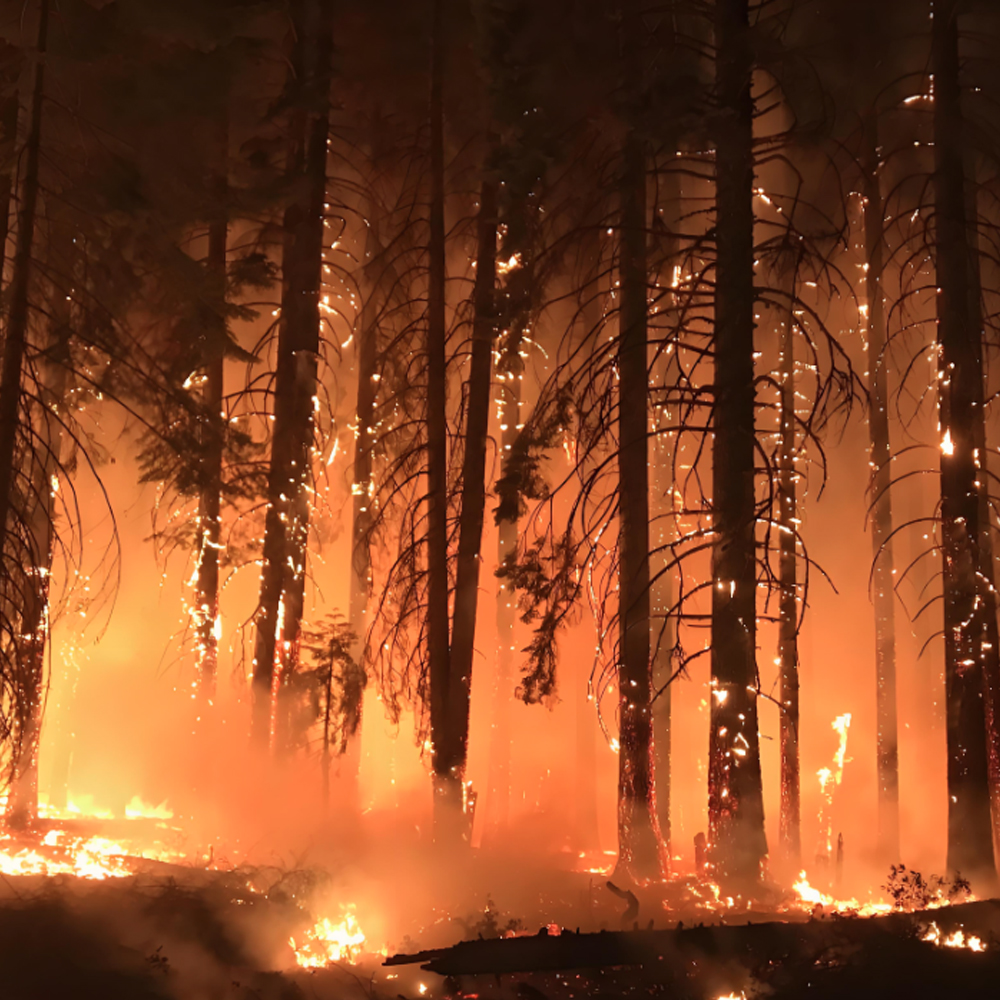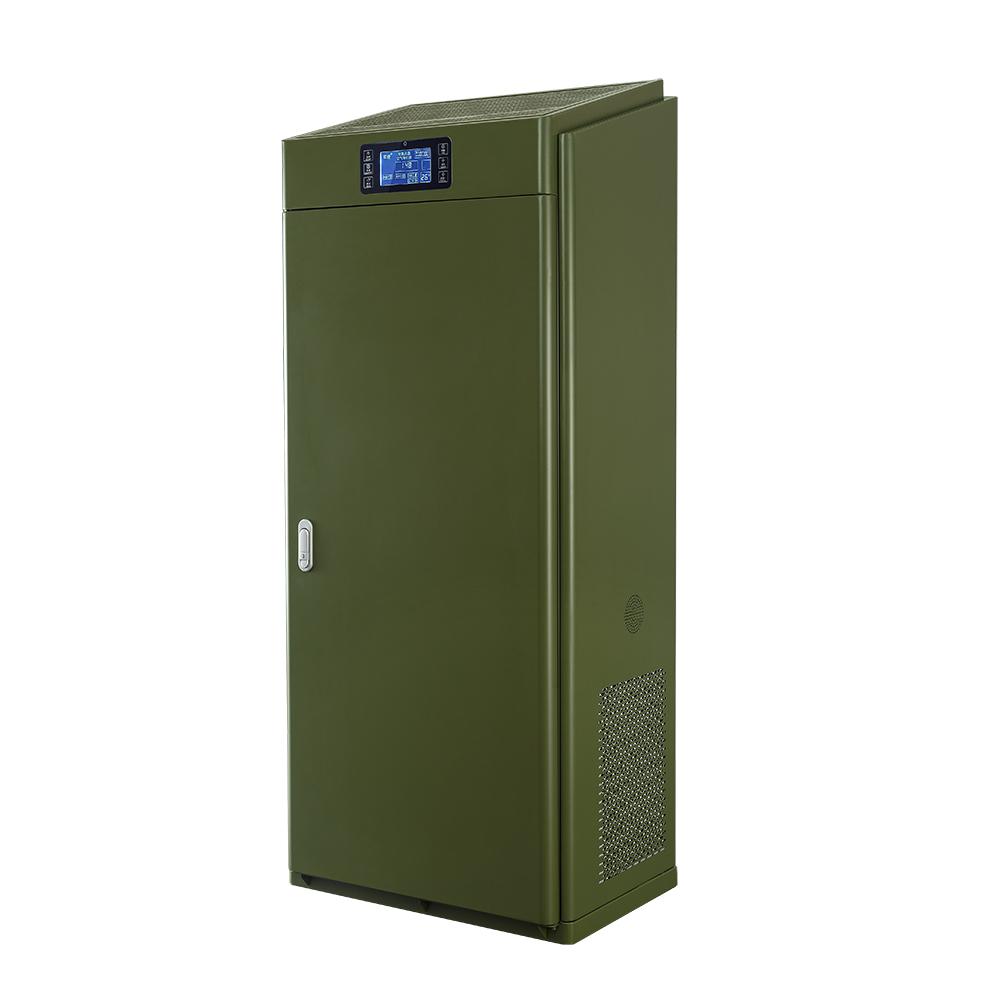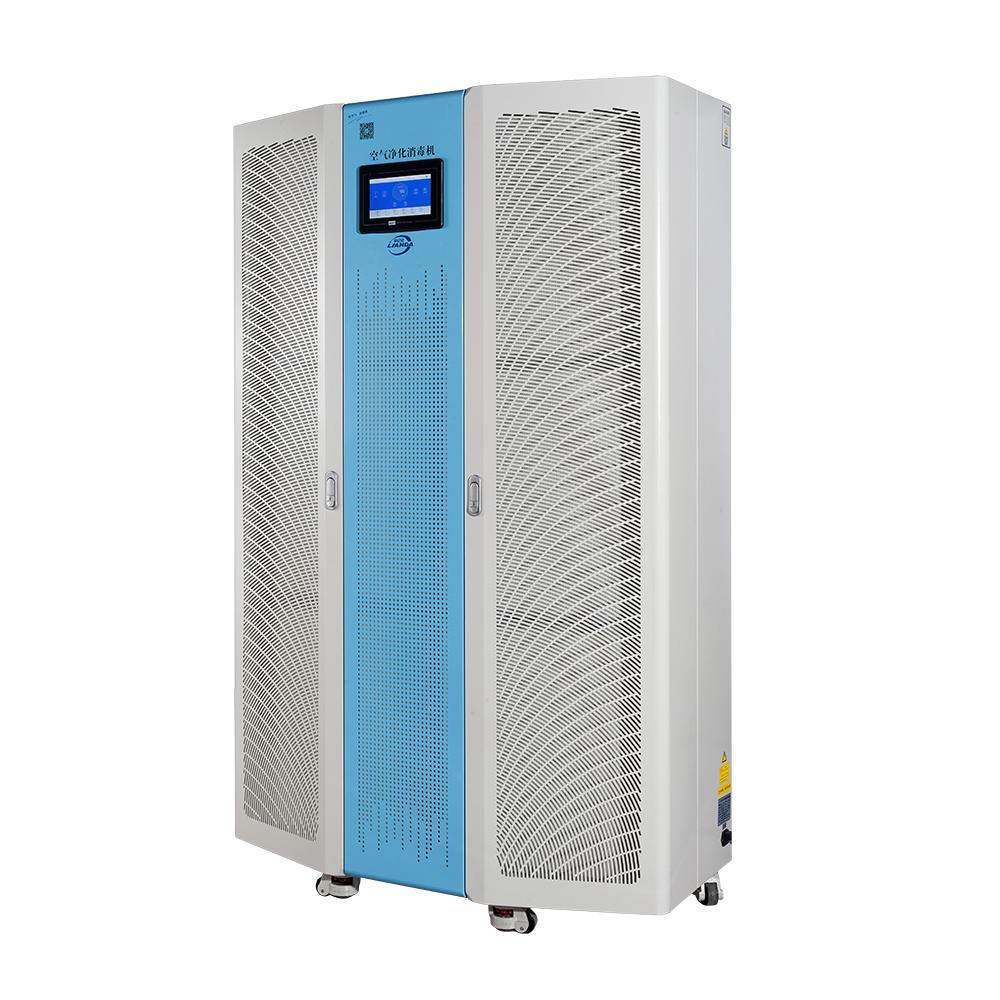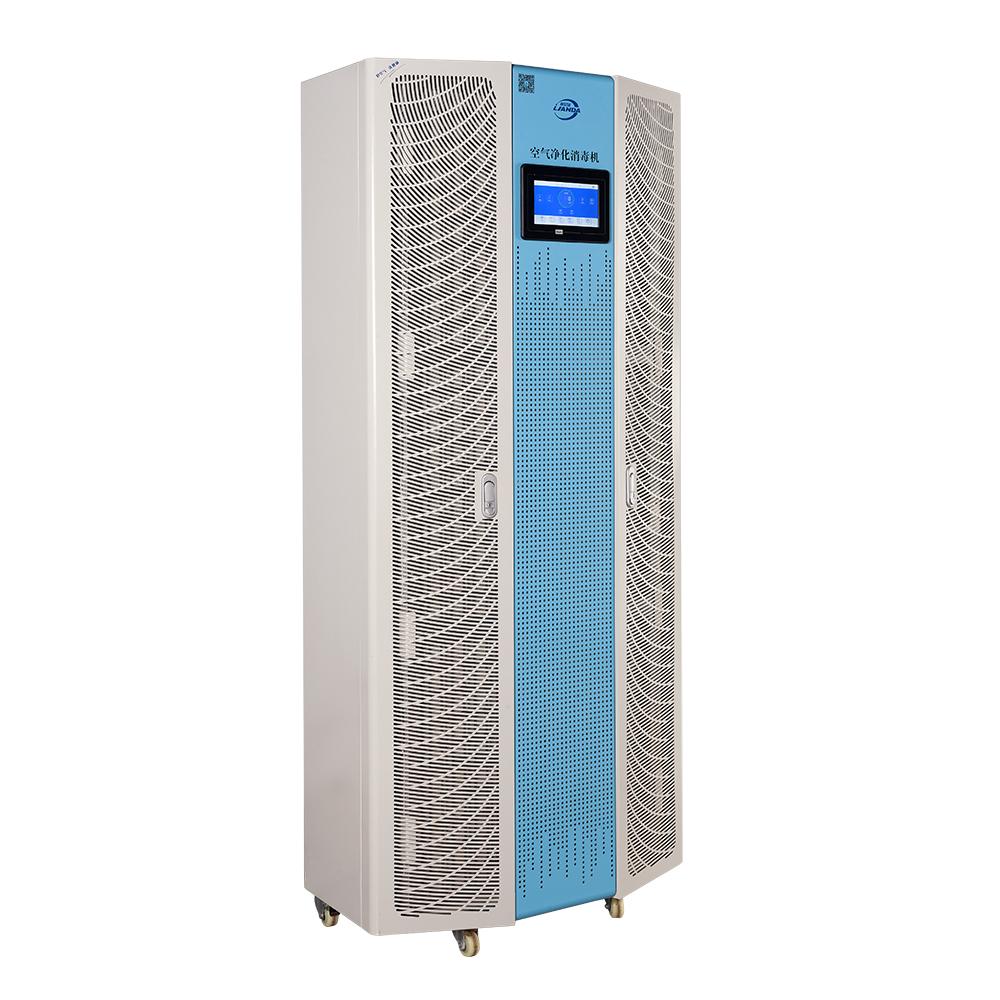Wildfires and air purification: challenges and responses
Wildfires, as a natural phenomenon, have a positive effect on the succession of ecosystems in some cases, but the frequent wildfires in recent years have posed a serious threat to the environment and human health. The large amount of smoke and harmful substances produced by wildfires have caused a significant decline in air quality, affecting the lives of countless people. At the same time, with the intensification of global climate change, the frequency and intensity of wildfires are also increasing.
Impact of wildfires on air quality
When wildfires burn, they release a large amount of fine particulate matter (PM2.5), carbon dioxide and other harmful gases. These pollutants not only reduce air quality, but also may cause a series of health problems, such as respiratory diseases and cardiovascular diseases. Especially for the elderly, children and people with underlying diseases, the air pollution caused by wildfires is extremely threatening.
In some areas, the deterioration of air quality caused by wildfires may last for weeks or even months. Ashes and smoke in the air can be spread thousands of kilometers away under the action of wind, which means that even in cities far away from the wildfire site, residents may be affected. At this time, the importance of air purification becomes more prominent.

How to deal with air pollution caused by wildfires
In the face of air pollution caused by wildfires, it is particularly important to take effective air purification measures.
1. Indoor air purification: During wildfires, it is recommended to stay indoors as much as possible and use efficient air purifiers, which can effectively filter out fine particles and other harmful substances. In addition, the chance of smoke entering the room can be reduced by closing doors and windows.
2. Increase green vegetation: In the long run, increasing green vegetation in cities and rural areas can effectively improve air quality. Trees and plants absorb carbon dioxide and release oxygen through photosynthesis, which can alleviate pollution to a certain extent.
3. Call for public participation: Raise public awareness of wildfires and air quality issues, encourage people to pay attention to weather forecasts, and take protective measures in time. At the same time, the government should strengthen the monitoring and early warning system for wildfires and issue alarm information in a timely manner.
4. Policy support and scientific and technological innovation: The government should increase investment in fire prevention measures, encourage scientific research institutions and enterprises to carry out research and development of air purification technology, promote the use of clean energy, and reduce the risk of wildfires caused by human activities.
Wildfires and air purification are an important challenge facing today's society. Although we cannot completely avoid wildfires, we can minimize their impact on air quality through active response measures. Only through joint efforts of all parties can we create a safer and healthier environment and lay the foundation for future sustainable development.




